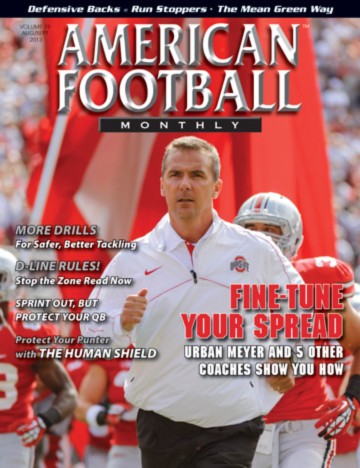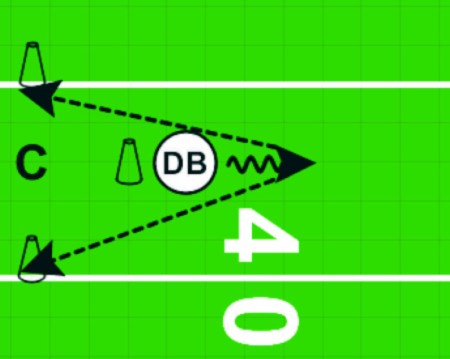AMERICAN FOOTBALL MONTHLY THE #1 RESOURCE FOR FOOTBALL COACHES
Article CategoriesAFM Magazine
|
Drills Report: Defensive Backs: Footwork, Block Protection, Tackling, and Ball Skillsby: David RiedeCornerbacks Coach • Villanova University © More from this issue Our focus on drill work for defensive backs has played a role in our success and paid dividends in the fall. At Villanova, our base defensive front is a 3-3 stack. With five defensive backs on the field in varying roles, we focus our teaching on a select number of skills to best prepare the entire group within our time constraints. Our goal is to spend at least five minutes each practice developing four specific skill categories: footwork, block protection, tackling, and ball skills.
Diagram 1: Reactive Transition The Reactive Transition Dri....The full article can only be seen by subscribers.
|
|
|||||||
| HOME |
MAGAZINE |
SUBSCRIBE | ONLINE COLUMNISTS | COACHING VIDEOS |
Copyright 2025, AmericanFootballMonthly.com
All Rights Reserved






